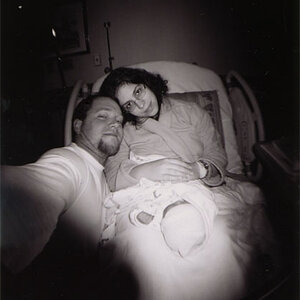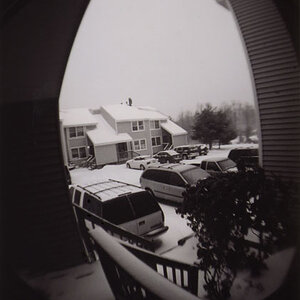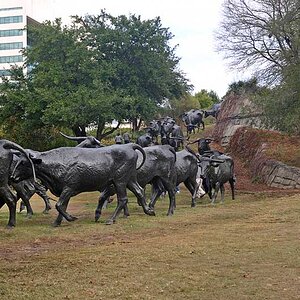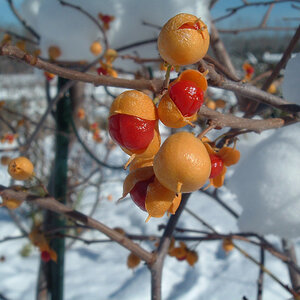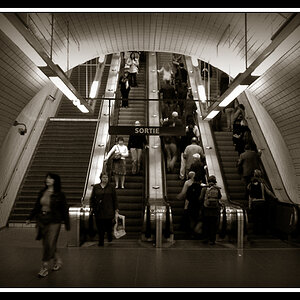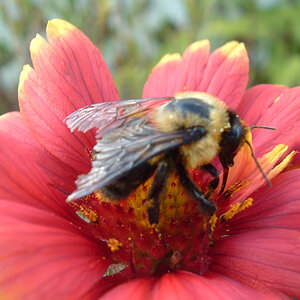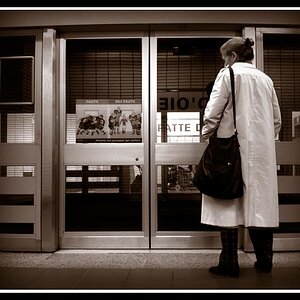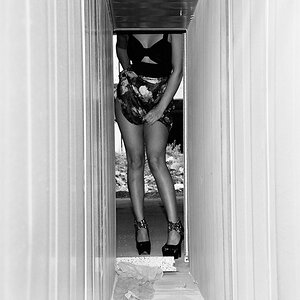Fire
TPF Noob!
- Joined
- Dec 31, 2013
- Messages
- 34
- Reaction score
- 7
- Location
- Seattle, Washington
- Can others edit my Photos
- Photos NOT OK to edit
I know the title is kind of awkward, I didn't really know how to phrase it but I was just wondering how all of you tend to shoot using the lighting around you, for example I usually tend to use natural lighting because I feel it suits me best. What do type of lighting do you usually use? Natural? External Flash? Also, I was considering getting an external flash but not really sure if I should, what do you think?



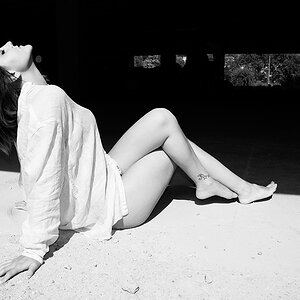
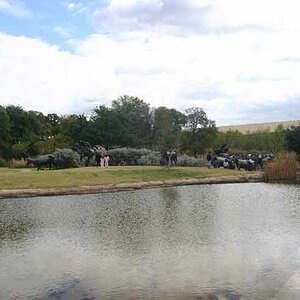
![[No title]](/data/xfmg/thumbnail/41/41492-467958db3420bceb7ab410a12dcc681f.jpg?1619739819)
